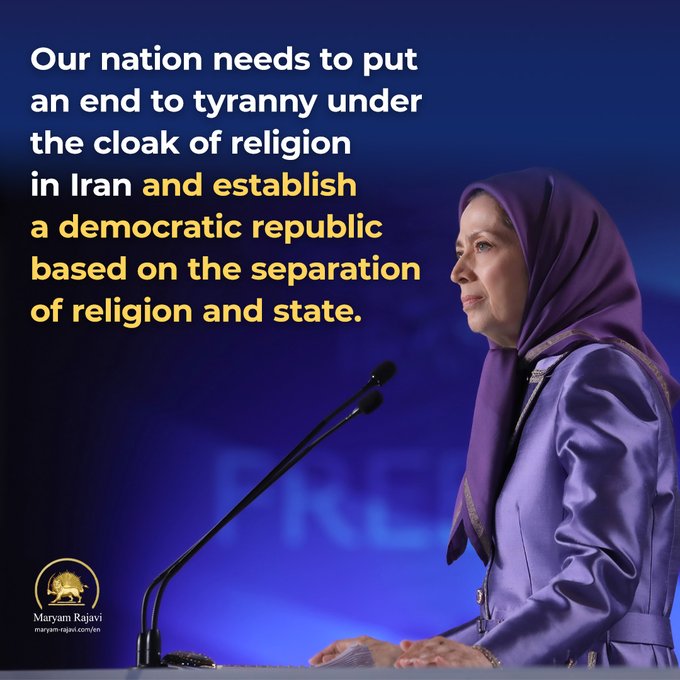
She stated, “No doubt, Khamenei and the Velayat-e Faqih regime will come out of this theatrics, much weaker and more fragile than ever, which will expedite their overthrow.” This statement reflects the deep-seated discontent and calls for change within Iran, highlighting the regime’s increasing vulnerability.
The elections saw a massive boycott by the Iranian populace, demonstrating a clear repudiation of the regime’s attempts to maintain its grip on power through manipulated electoral processes. Despite the regime’s extensive efforts to showcase a facade of high voter turnout, including the mobilization of its Basij and IRGC agents, the reality on the ground told a starkly different story.
The regime resorted to various tactics, allowing its loyalists to cast multiple votes, in a desperate bid to inflate participation numbers. However, even state-affiliated media outlets were forced to acknowledge the plummeting voter turnout, admitting it surpassed the previous record low of 2020, marking the lowest in the regime’s history.

This number, though significantly inflated, still fell short of past records, underscoring the widespread disinterest and disillusionment among the Iranian populace.
State-run and foreign media have been vocal about the boycott, with Reuters and The Guardian noting the historic low turnout as a clear sign of the Iranian people’s rejection of the regime. Attempts by regime officials to rationalize the low turnout through excuses such as bad weather or the inclusion of Iranians living abroad in the voter eligibility count have done little to mask the overwhelming sense of disenchantment.
Moreover, a detailed assessment by the Social Headquarters of the PMOI provided a damning indictment of the regime’s claims, showing an estimated real turnout of merely 8.2%, a figure that starkly contrasts with the regime’s inflated reports. This assessment, based on continuous monitoring of polling stations across Iran, represents a significant blow to the regime’s legitimacy, emphasizing the Iranian people’s resolute rejection of authoritarian rule.

The election has not only exposed the regime’s fragility but also underscored the Iranian people’s unwavering demand for freedom and democratic change. As the regime grapples with the fallout of this electoral debacle, the call for its overthrow grows ever louder, signaling a potentially transformative period in Iran’s quest for a democratic future.

MEK Iran (follow us on Twitter and Facebook), Maryam Rajavi’s on her site, Twitter & Facebook, NCRI (Twitter & Facebook), and People’s Mojahedin Organization of Iran – MEK IRAN – YouTu







